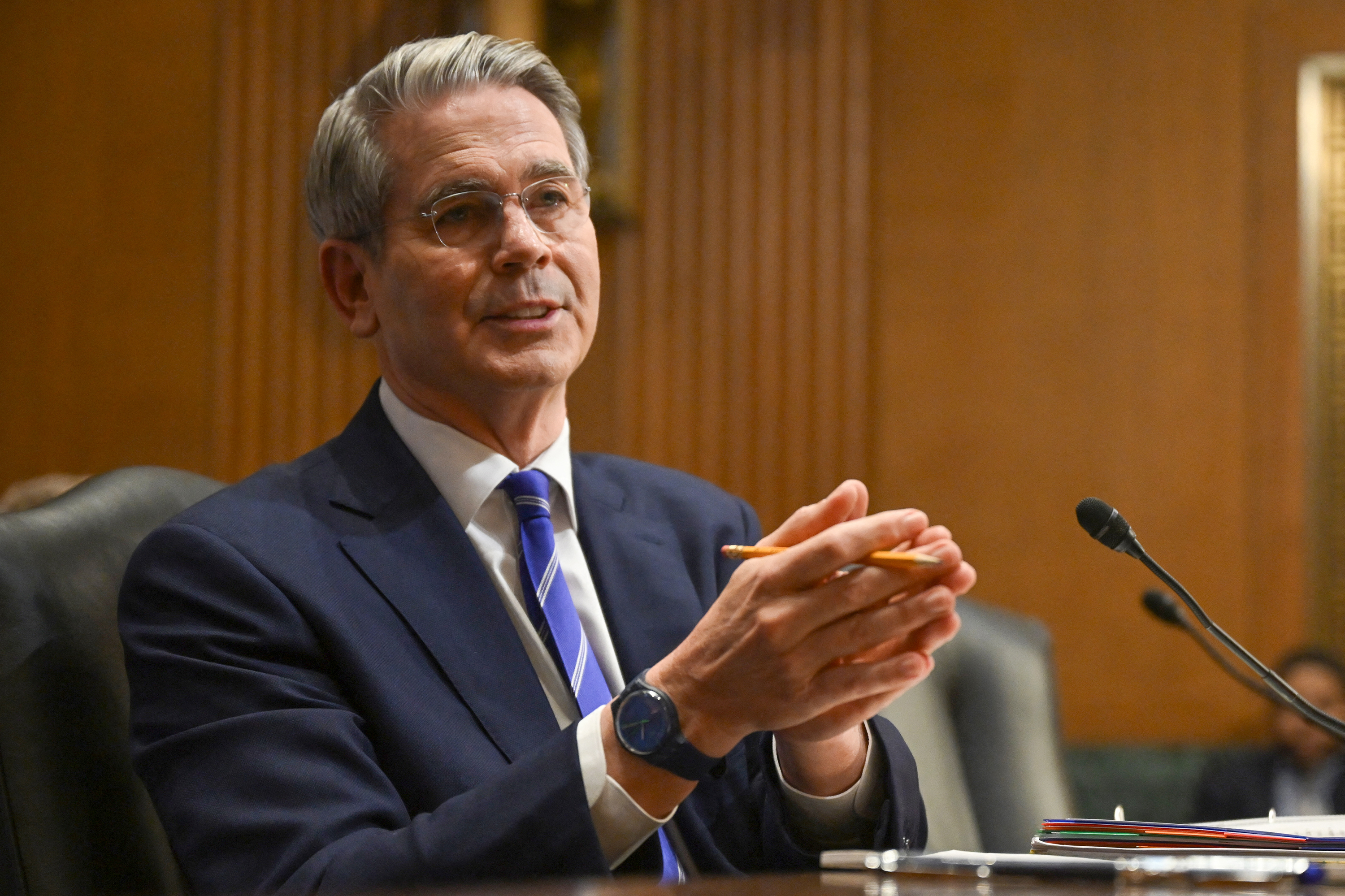FactCheck.org
CQ-Roll Call
(TNS)
The much-anticipated first debate of 2024 between President Joe Biden and former President Donald Trump featured a relentless barrage of false and misleading statements from the two candidates on immigration, the economy, abortion, taxes and more. [Editor’s note: We are excerpting portions of this article that focus solely on Social Security and taxes. You can read the full article here.]
The debate was hosted by CNN in Atlanta on June 27.
Fact-checking
- Both candidates erred on Social Security, with Biden incorrectly saying that Trump “wants to get rid” of the program, and Trump falsely alleging that Biden will “wipe out” Social Security due to the influx of people at the border.
- Trump warned that Biden “wants to raise your taxes by four times,” but Biden has not proposed anything like that. Trump was also mostly wrong when he said Biden “wants the Trump tax cuts to expire.” Biden said he would extend them for anyone making under $400,000 a year.
- Biden repeated his misleading claim that billionaires pay an average federal tax rate of 8 percent. That White House calculation factors in earnings on unsold stock as income.
Social Security
Biden claimed that Trump “wants to get rid” of Social Security, even though the former president has consistently said he will not cut the program and has advised Republicans against doing so.
Earlier this year, Biden and his campaign based the claim on Trump saying in a March 11 CNBC interview that “there is a lot you can do in terms of entitlements in terms of cutting and in terms of also the theft and the bad management of entitlements.” As we’ve said, in context, instead of reducing benefits, Trump was talking about cutting waste and fraud in those programs—although there’s not enough of that to make the program solvent over the long term.
“I will never do anything that will jeopardize or hurt Social Security or Medicare,” Trump later said in a March 13 Breitbart interview. “We’ll have to do it elsewhere. But we’re not going to do anything to hurt them.”
During the GOP presidential primary, Trump also criticized some of his Republican opponents for proposing to raise the retirement age for Social Security, which budget experts have said would reduce scheduled benefits for those affected.
Some critics of Trump have argued that he cannot be expected to keep his promise because of his past budget proposals. But, as we’ve written, Trump did not propose cuts to Social Security retirement benefits.
Meanwhile, Trump claimed during the debate that Biden “is going to single-handedly destroy Social Security” because of illegal immigration. “These millions and millions of people coming in, they’re trying to put them on Social Security. He will wipe out Social Security,” Trump said of Biden.
As we and others have explained before, immigrants who are not authorized to be in the U.S. aren’t eligible for Social Security. In fact, because many such individuals pay into Social Security via payroll taxes but cannot receive benefits, illegal immigrants bolster rather than drain the finances of the program.
Trump on Biden tax plan
“He’s the only one I know he wants to raise your taxes by four times,” Trump said of Biden. “He wants to raise everybody’s taxes by four times. He wants the Trump tax cuts to expire. So everybody … [is] going to pay four to five times—nobody ever heard of this before.”
Trump regularly warns of massive tax hikes for “everybody,” should Biden be reelected. That doesn’t jibe with anything Biden has proposed.
In his more than three years as president, Biden’s major tax changes have included setting a minimum corporate tax rate of 15 percent and lowering taxes for some families by expanding the child tax credit and, for a time, making it fully refundable, meaning families could still receive a refund even if they no longer owe additional taxes.
As we wrote in 2020, when Trump made a similar claim, Biden proposed during that campaign to raise an additional $4 trillion in taxes over the next decade, although the increases would have fallen mainly on very high-income earners and corporations. The plan would not have doubled or tripled people’s taxes at any income level (on average), according to analyses of Biden’s plan by the Penn Wharton Budget Model, the Tax Policy Center and the Tax Foundation.
In March 2023, the TPC’s Howard Gleckman wrote that Biden proposed a 2024 budget that would, on average, increase after-tax incomes for low-income households and “leave them effectively unchanged for middle-income households.” The Tax Policy Center noted, “The top 1 percent, with at least roughly $1 million in income, would pay an average of $300,000 more than under current law, dropping their after-tax incomes by 14 percent.”
This March, Biden released his fiscal year 2025 budget, which contains many of the same proposals and adds a few new wrinkles. But it still does not contain any “colossal tax hikes” on typical American families, as Trump has said.
Biden’s latest plan proposes—as he has in the past—to increase the corporate income tax rate from 21 percent to 28 percent, and to restore the top individual tax rate of 39.6 percent from the current rate of 37 percent. It would also increase the corporate minimum tax rate from 15 percent to 21 percent for companies that report average profits in excess of $1 billion over a three-year period. And the plan would impose a 25 percent minimum tax on very wealthy individuals. The plan also proposes to extend the expanded child tax credit enacted in the American Rescue Plan through 2025, and to make the child tax credit fully refundable on a permanent basis.
Trump is also mostly wrong that Biden “wants the Trump tax cuts to expire.”
As he has said since the 2020 campaign, Biden’s fiscal 2025 budget vows not to increase taxes on people earning less than $400,000.
In order to keep that pledge, Biden would have to extend most of the individual income tax provisions enacted in the Tax Cuts and Jobs Act that are set to expire at the end of 2025. And that’s what Biden says he would do—but only for individual filers earning less than $400,000 and married couples making less than $450,000. (In order to pass the TCJA with a simple Senate majority, Republicans wrote the law to have most of the individual income tax changes expire after 2025.)
The Biden budget plan “would raise marginal income tax rates faced by higher earners and corporations while expanding tax credits for lower-income households,” according to a Tax Foundation analysis of the tax provisions in Biden’s budget. “The budget would redistribute income from high earners to low earners. The bottom 60 percent of earners would see increases in after-tax income in 2025, while the top 40 percent of earners would see decreases.”
Biden on taxes paid by billionaires
In arguing that wealthy households should pay a minimum tax, Biden repeated his misleading claim that billionaires pay an average federal tax rate of 8 percent.
“We have a thousand … billionaires in America, and what’s happening?” Biden said. “They’re in a situation where they in fact pay 8.2 percent in taxes.”
That’s not the average rate in the current tax system; it’s a figure calculated by the White House and factors in earnings on unsold stock as income. When only considering income, the top-earning taxpayers, on average, pay higher tax rates than those in lower income groups, as we’ve written before.
The top 0.1 percent of earners pay an average rate of 25.1 percent in federal income and payroll taxes, according to an analysis by the Tax Policy Center in October 2022 for the 2023 tax year.
The point that Biden tried to make is that earnings on assets, such as stock, currently are not taxed until that asset is sold, which is when the earnings become subject to capital gains taxes. Until stocks and assets are sold, the earnings are referred to as “unrealized” gains. Unrealized gains, the White House has argued, could go untaxed forever if wealthy people hold on to them and transfer them on to heirs when they die.
Trump’s was not largest tax cut in history
As he has many times before, Trump wrongly claimed, “I gave you the largest tax cut in history.” But saying this over and over, as Trump has for years, doesn’t make it any more true.
As we have been writing even before the 2017 Tax Cuts and Jobs Act was enacted into law, while the law provided tax relief to nearly all Americans, it was not the largest tax cut in U.S. history either as a percentage of gross domestic product (the measure preferred by economists) or in inflation-adjusted dollars.
According to a Tax Policy Center analysis, the law reduced the individual income taxes owed by Americans by about $1,260 on average in 2018. It also reduced the top corporate tax rate from 35 percent to 21 percent, beginning in January 2018.
The law signed by Trump was initially projected to cost $1.49 trillion over 10 years, according to the nonpartisan Joint Committee on Taxation. It could end up costing substantially more if individual tax provisions are extended past 2025. Over the first four years, the average annual cost was estimated to be $185 billion. That was about 0.9 percent of gross domestic product in 2018.
That’s nowhere close to President Ronald Reagan’s 1981 tax cut, which was 2.89 percent of GDP over a four-year average. That’s according to a 2013 Treasury Department analysis on the revenue effects of major tax legislation. Five more tax measures since 1940 had an impact larger than 1 percent of GDP, and the Committee for a Responsible Federal Budget includes a 1921 measure as also being larger than the 2017 plan. That’s eighth place for Trump’s “biggest tax cut in our history.”
In inflation-adjusted dollars, the Trump-era tax cut is also less than the American Taxpayer Relief Act of 2012, which comes in at No. 1 with a $320.6 billion cost over a four-year average. And it’s less than tax reductions in 2010 ($210 billion) and 1981 ($208 billion).
— By Robert Farley, Eugene Kiely, D’Angelo Gore, Jessica McDonald, Lori Robertson, Catalina Jaramillo, Saranac Hale Spencer and Alan Jaffe
_______
©2024 CQ-Roll Call Inc., All Rights Reserved. Visit cqrollcall.com. Distributed by Tribune Content Agency LLC.
Thanks for reading CPA Practice Advisor!
Subscribe Already registered? Log In
Need more information? Read the FAQs
Tags: Benefits, Human Resources, Income Tax, Payroll, Payroll Taxes, Small Business, Taxes




